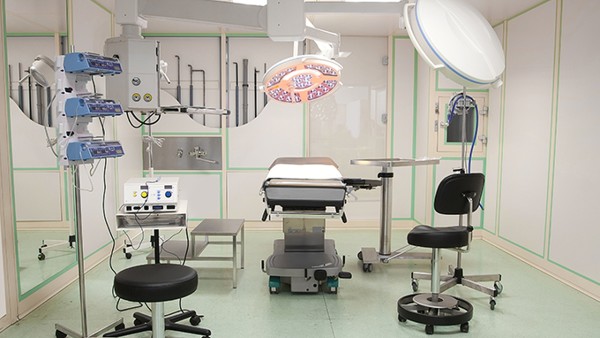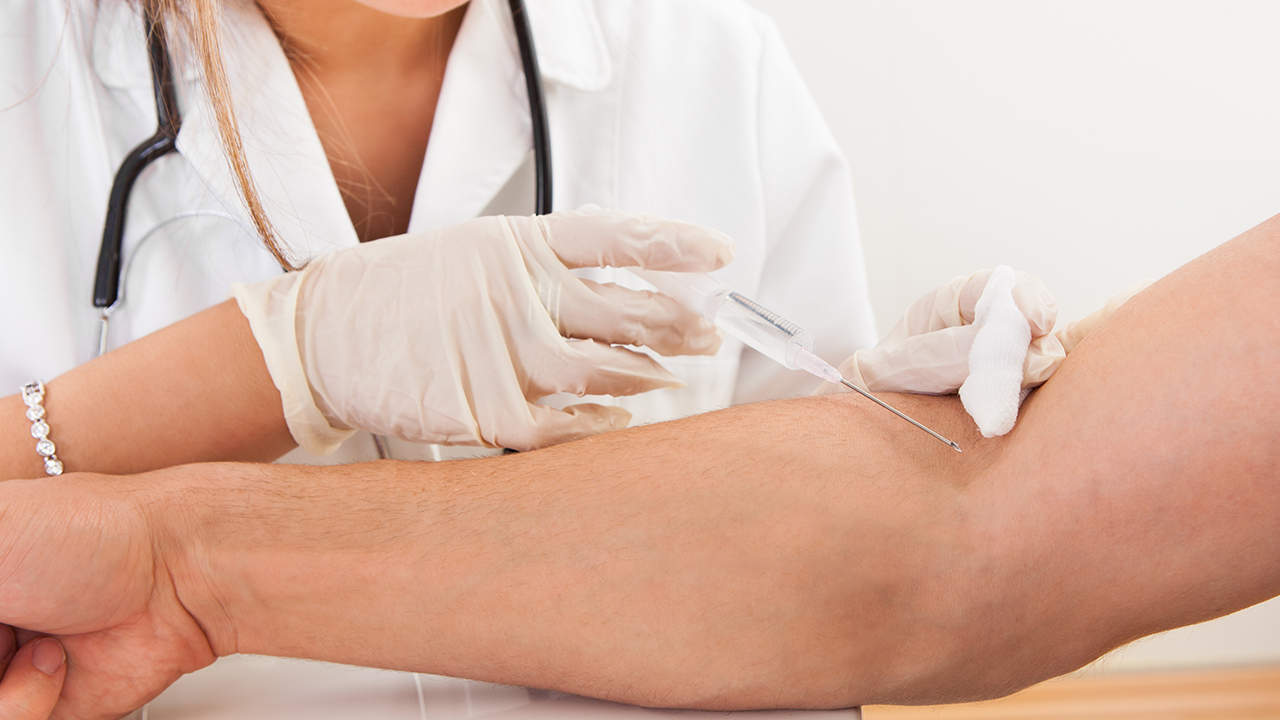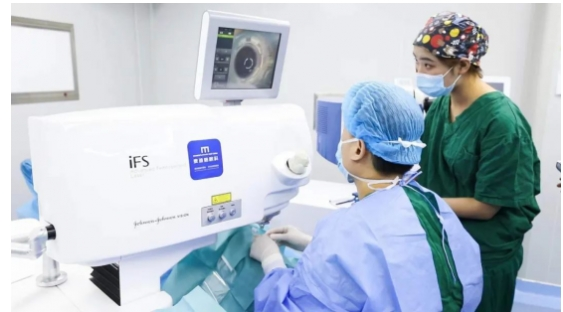Looking at AIDS from oral lesions

Oral Lesions: A Window to HIV Infection
Oral lesions are among the earliest and most common manifestations of HIV infection. They can provide valuable clues to the diagnosis and staging of HIV, as well as the patient's overall health status.
Types of Oral Lesions in HIV Patients
The most common oral lesions in HIV patients include:
Candidiasis (thrush): A fungal infection that causes white or cream-colored patches on the tongue, inner cheeks, and roof of the mouth.
Hairy leukoplakia: A white, hairy growth on the sides of the tongue that is caused by the Epstein-Barr virus.
Kaposi's sarcoma: A cancer that causes purplish or reddish lesions on the skin, oral cavity, and other organs.
Oral hairy warts: Small, white or pink bumps on the tongue and other parts of the mouth that are caused by the human papillomavirus.
Non-Hodgkin lymphoma: A cancer of the lymphatic system that can cause painless swellings in the mouth, neck, and other areas.
Gingivitis: Inflammation and bleeding of the gums.
Periodontal disease: A more severe form of gingivitis that can lead to tooth loss.
Diagnosis and Staging of HIV
The presence of certain oral lesions can help diagnose HIV infection and determine the stage of the disease. For example, candidiasis is a common early sign of HIV, while Kaposi's sarcoma and hairy leukoplakia are more likely to occur in patients with advanced HIV.
Oral Lesions and Overall Health
The presence and severity of oral lesions in HIV patients can also provide insights into their overall health status. For instance, patients with severe oral candidiasis may be more likely to have a weakened immune system and a higher viral load.
Management of Oral Lesions in HIV Patients
The treatment of oral lesions in HIV patients depends on the type of lesion and the patient's overall health status. Antifungal medications are used to treat candidiasis, while antiviral medications can be used to treat hairy leukoplakia and oral hairy warts. Kaposi's sarcoma and non-Hodgkin lymphoma may require chemotherapy or radiation therapy.
Prevention of Oral Lesions in HIV Patients
There are a number of steps that HIV patients can take to help prevent oral lesions, including:
Practicing good oral hygiene: Brushing and flossing twice a day, as well as seeing a dentist regularly for checkups and cleanings.
Avoiding tobacco and alcohol: These substances can irritate the oral mucosa and increase the risk of infection.
Eating a healthy diet: A diet rich in fruits, vegetables, and whole grains can help to boost the immune system and reduce the risk of oral lesions.
Taking antiretroviral therapy: Antiretroviral medications can help to suppress HIV and reduce the risk of developing oral lesions.
Conclusion
Oral lesions are a common and important manifestation of HIV infection. They can provide valuable clues to the diagnosis and staging of HIV, as well as the patient's overall health status. By understanding the types, causes, and management of oral lesions in HIV patients, dental professionals can play a vital role in improving the oral and overall health of these patients.
The above is all the content that the editor wants to share with you. I sincerely hope that these contents can bring some help to your life and health, and I also wish that your life will be happier and happier.
Tags: #aids #at #looking












